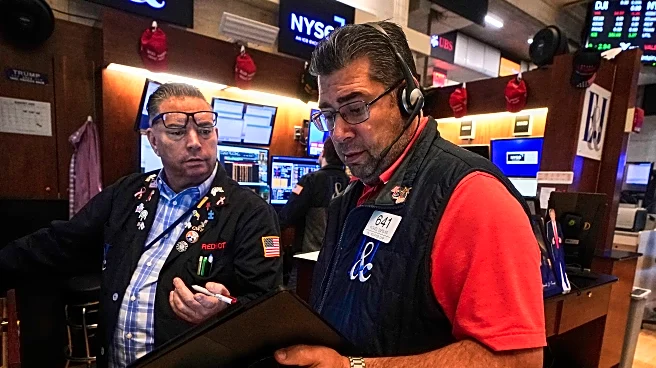What's Happening?
Lindt & Sprüngli, the Swiss premium chocolate manufacturer, is reportedly considering expanding its production capacity in the United States, potentially in response to tariffs imposed by President Trump. While the company has not confirmed the connection to tariffs, it is expanding its facility in Stratham, New Hampshire, to increase production capacity. Bloomberg sources suggest the expansion may involve manufacturing seasonal chocolate products, such as Easter bunnies and Santa figures, which are currently produced in Germany. Lindt & Sprüngli operates multiple production plants in the US and Europe, and the expansion is part of its strategy to improve production efficiency and supply chain operations.
Why It's Important?
The potential expansion of Lindt & Sprüngli's US production facilities could have significant implications for the company's operations and the broader chocolate industry. By increasing local production, Lindt & Sprüngli may mitigate the impact of tariffs on imported goods, reducing costs and improving competitiveness in the US market. This move could also enhance supply chain resilience and reduce dependency on international manufacturing. Additionally, the expansion may create job opportunities and stimulate economic activity in the regions where the company operates. The decision reflects broader trends of companies adapting to changing trade policies and seeking to optimize their global operations.
What's Next?
Lindt & Sprüngli will continue to evaluate its production capacity and investment strategies in the US. The expansion project in New Hampshire is expected to become fully operational in 2025, significantly increasing the plant's capacity and productivity through automation. Stakeholders, including industry analysts and trade experts, will monitor the company's actions and assess the impact of tariffs on its business decisions. Lindt & Sprüngli may also explore further investments in automation and technology to enhance production efficiency and meet growing consumer demand for premium chocolate products.













